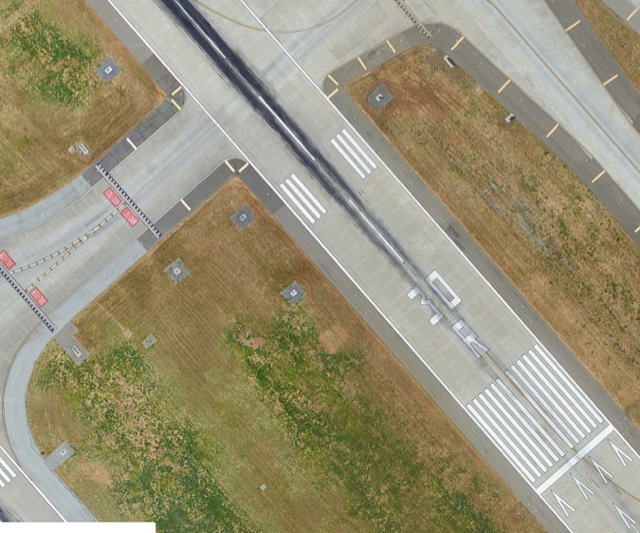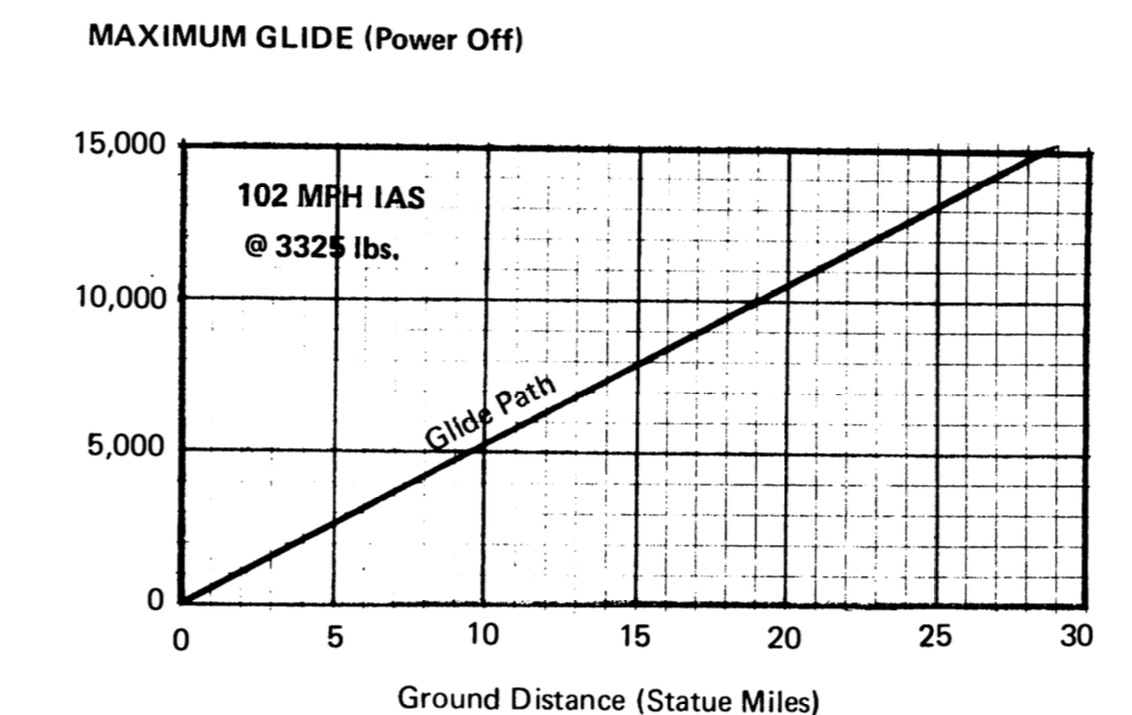The difference between a Viking and a Skyhawk is you’ll hear Viking owners talk about great airplanes they are. Pilots who don’t fly Skylanes (like yours truly) will still talk about what great airplanes they are. Speaks volumes to me, but YMMV.
Not quite sure what point you are making here is. You’ve got Vikings, Skylanes (182s), and Skyhawks (172s) all in here. However, let me see if I can try to address what I think you are saying. Appologies in advance if my interpretation isn’t what you are saying.
I think that you are saying that pilots who haven’t flown a Skyhawk(172) or a Skylane(182) neverthless still say that they are great airplanes, and that Viking pilots are the only ones who talk about how Vikings are great. And you conclude from this that there must be something wrong with either Vikings or Viking pilots or both? Again, my sincere appologies if that isn’t the point you are making. I may be reading your post completely wrong.
For the record. I think Skyhawks and Skylanes are very fine aircraft. My dad taught me to fly in his 1962 Cessna 172D, the very first airframe with the rear window. I have many fond memories in that plane. I started my instrument training in 172’s. A 172 is a fine plane. They are common, used ones are fairly cheap, most mechanics are familar with them, they are great for training students, and they have a host of other redeeming qualities. They do have some downsides, however, when compared to some other types such as Bonanzas, Mooneys, 182’s, and, yes, Vikings. A 172 is pretty slow. (I cruise at what is the 172’s redline speed). They also can’t carry a whole lot of payload compared to other types.
I also have time in Skylanes. They are also great planes for their mission. Faster and more powerful than a 172 with more payload. Perhaps not as useful as a trainer, but a great first plane for a Private Pilot who wants to use the plane for travel either alone or with the family. Able to handle higher density altittude airfields. Nothing wrong with a 182. It is a bit pedestrian in its handling, and it tends to be nose heavy, but that’s okay.
I disagree with your implied assertion (again, if that is what you were implying) that the only pilots who have good things to say about Vikings are Viking pilots. Look, the Viking is not nearly as common as a 172 or a 182. Many people haven’t been exposed to one. However, those who have, either by getting a chance to fly one, or by talking to people who have, are almost always positive about them. In a similar fashion, there aren’t that many Mooney or Bonanza drivers out there when compared to the number of people who fly 172/182s. That fact doesn’t make Mooneys or Bonanzas bad planes. It just means that there are a lot fewer pilots who have direct experience with those planes when compared to the pilot population who has direct experience with 172s and 182s. Most folks who do fly a Mooney or who know someone who does, are positive about the plane’s speed, efficiency, and other qualities. Like Viking pilots, they are also pretty honest about the issues with the somewhat cramped cockpit.
I could go on. Bottom line, I think maybe the reason not much good is heard about Vikings is that the Viking fleet is relatively small. That, combined with the fact that the plane is not constructed in the same way and from similar materials as to what the vast majority of pilots are used to and with the tendency for many people to want to give an opinion, any opinion, uninformed or not, tends to give the Viking a bad rap.
Eek, wood? That little airplane is made from wood? And covered in cloth? Doncha know wood rots!? And cloth? Heck fire, my tee shirt’s made outta cloth, and them things don’ last but a few years. You stay way from those Vikings, thay’ll just fall apart on ya any day now... Give me a nice strong airplane made out metal. Them things will last forever.
Balderdash. A well cared for plane, metal or wood, fabric or metal skinned, will last a long, long time. A poorly cared for airplane, metal or wood, will suffer an early demise.
My Viking is 29 years old, has a wood wing, fabric covered fuselage, flies at 200mph, is incredibly responsive and fun to fly, and looks like it just came from the factory recently. It’s in great shape, and I expect to get many, many more years of service from it.
There’s nothing wrong with the 182, or the Bonanza, or the Mooney, or the Cirius, or the Viking, or the 172, or the Cherokee, or ... The key for the OP is to find a plane which meets his mission, is affordable to him, and has been well maintained as determined by a good prebuy.
Sent from my iPad using Tapatalk


